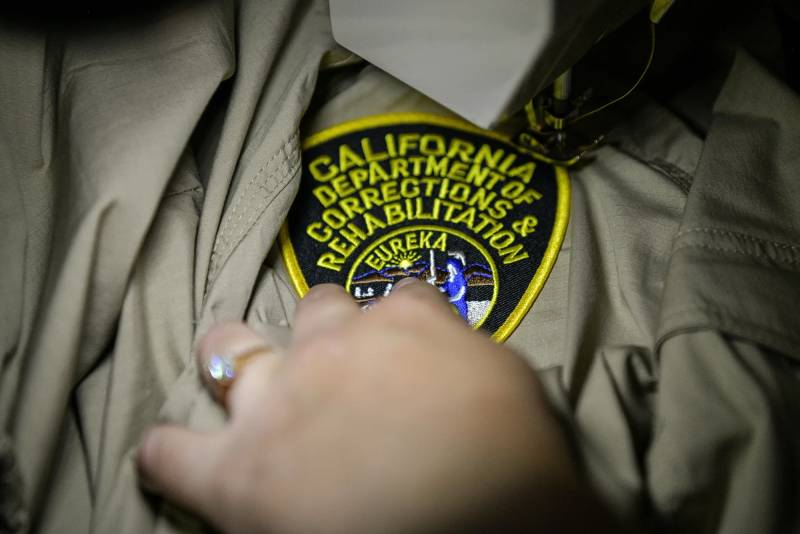At the inmate population’s peak in 2006, California locked up 165,000 people in state prisons. Today, after a decade of sentencing changes, federal court intervention and a surge of releases tied to COVID-19, California’s prisons house about 93,000 people.
Because of that trend, Newsom has already moved to close four prisons over the course of his administration. He projects that those shutdowns will save the state $3.4 billion by 2027.
He suggested on Friday that the forces fighting prison closures — labor unions representing prison employees, the communities dependent on prison jobs, legislation and litigation intended to slow or stop the closures — forced him to take smaller steps than shuttering entire facilities while he crafted his plan to close a projected $27.6 billion deficit.
“Prison housing unit deactivations can happen much sooner than prison closures and provide us more flexibility,” Newsom said. “Legislative leaders have asked me, are we considering collectively reducing the larger footprint in the state? The answer is yes.
“But we want to do it in a pragmatic and thoughtful way, we want to be mindful of labor concerns and community concerns, we want to be mindful of trends and we want to be mindful of the unknown, meaning there are proposals to roll back some of our criminal justice reforms that could have significant impact on the census and population.”
California cities fight prison closures
So far, Newsom closed the Deuel Vocational Institution in Tracy in 2021 and the California Correctional Center in Susanville in 2023. He ended a lease with a privately run prison called the California City Correctional Facility, and the corrections department is shutting down Chuckwalla Valley State Prison near the Arizona border.
Newsom at Friday’s budget press conference said he would accelerate the proposed March 2025 closure of Chuckwalla prison in Blythe to November, although his office hasn’t yet provided details on how much money that would save the state.
That news surprised leaders in Blythe, where city officials had attempted to save the prison as one of the community’s major employers.
“This news is disheartening to say the least,” said Blythe Interim City Manager Mallory Crecelius. “Expediting the closure was not discussed with the city prior to it being included in the May (revised budget), and we learned about it with everyone else. Our hearts are heavy for the employees and inmates at (Chuckwalla Valley State Prison) whose lives will be directly impacted as this prison is shuttered.”
Because of the declining inmate headcount, California can close up to five more of its 33 prisons and eight yards within operating prisons while still complying with a federal court order that caps the system’s capacity, the Legislative Analyst’s Office found last year. The report estimated the potential savings at $1 billion.
The costs of incarcerating prisoners, meanwhile, is more than ever, rising to $132,860 per inmate.
Those numbers have prompted Democratic lawmakers over the past several years to press for more closures, particularly as they try to protect social services from budget cuts or to put money into inmate rehabilitation programs.
“If the people you’re serving in the department continues to go down, why is the cost going up?” Democratic Assemblymeber James Ramos of San Bernardino asked corrections department officials at an April budget hearing.
Prison union sees safety risks in closures
Amber-Rose Howard, executive director of Californians United for a Responsible Budget, which advocates for reducing the number of prisons and cutting the prison population, said Newsom’s proposal to close yards instead of whole prisons misses an opportunity for bigger savings.
